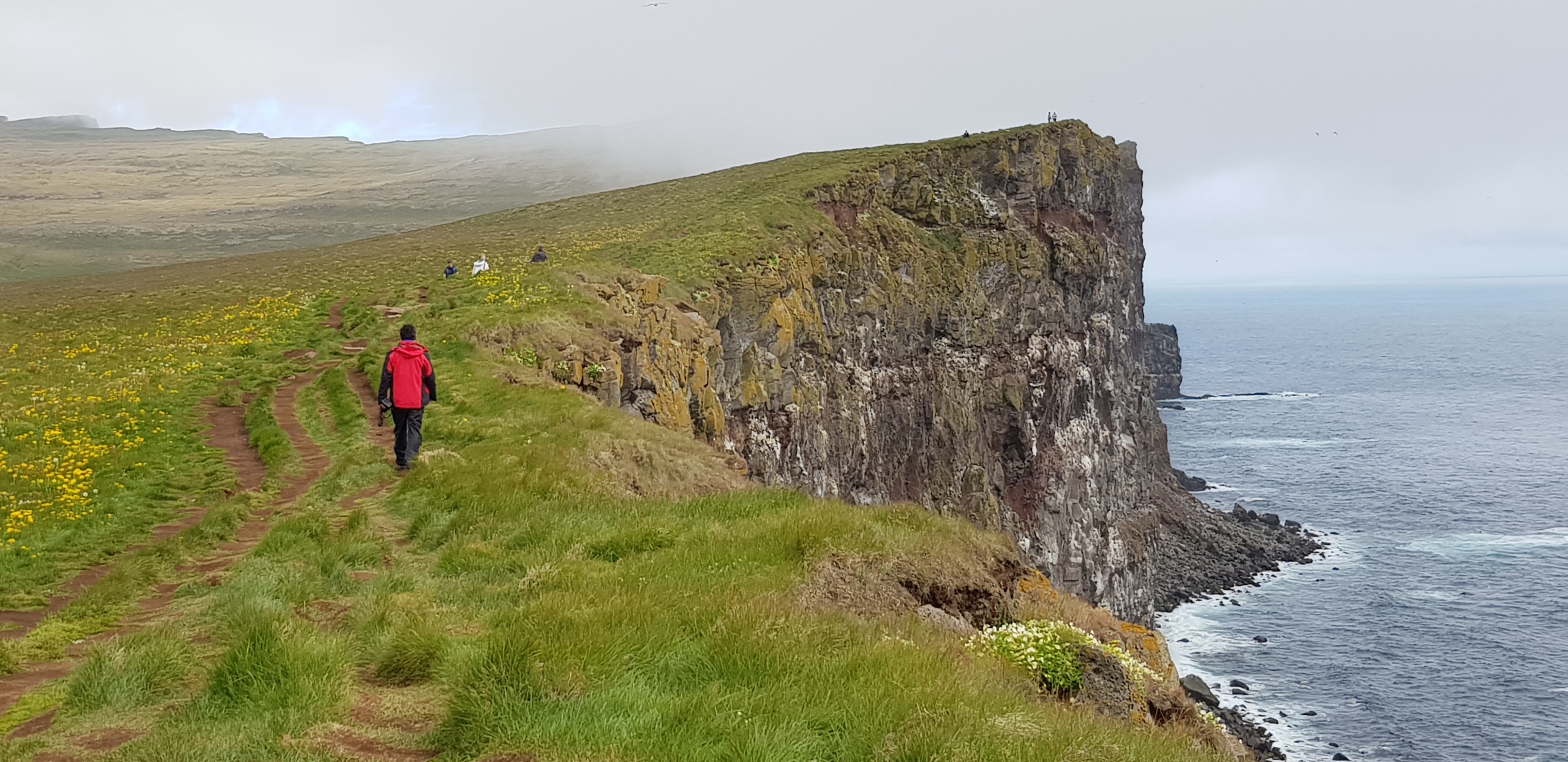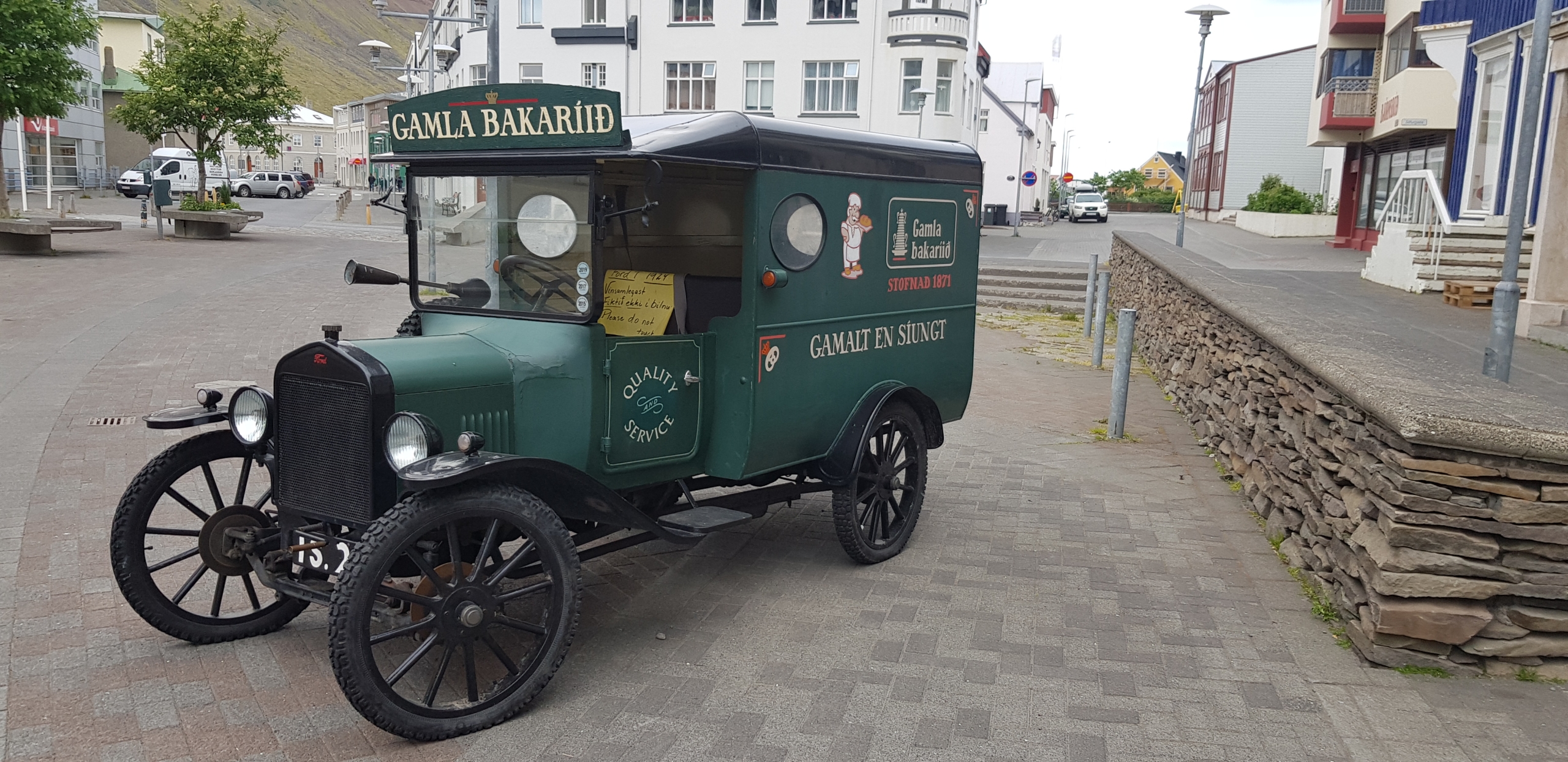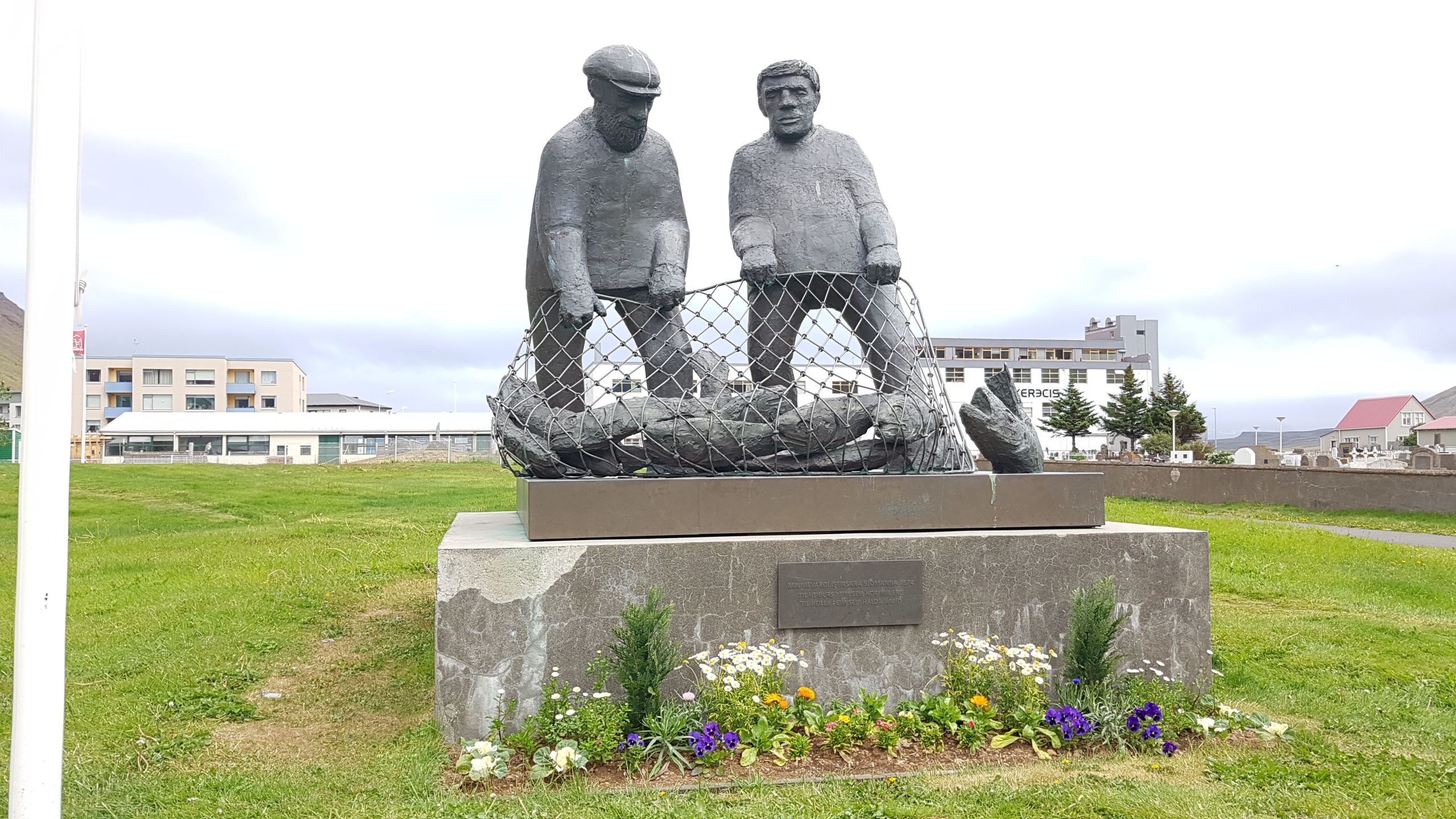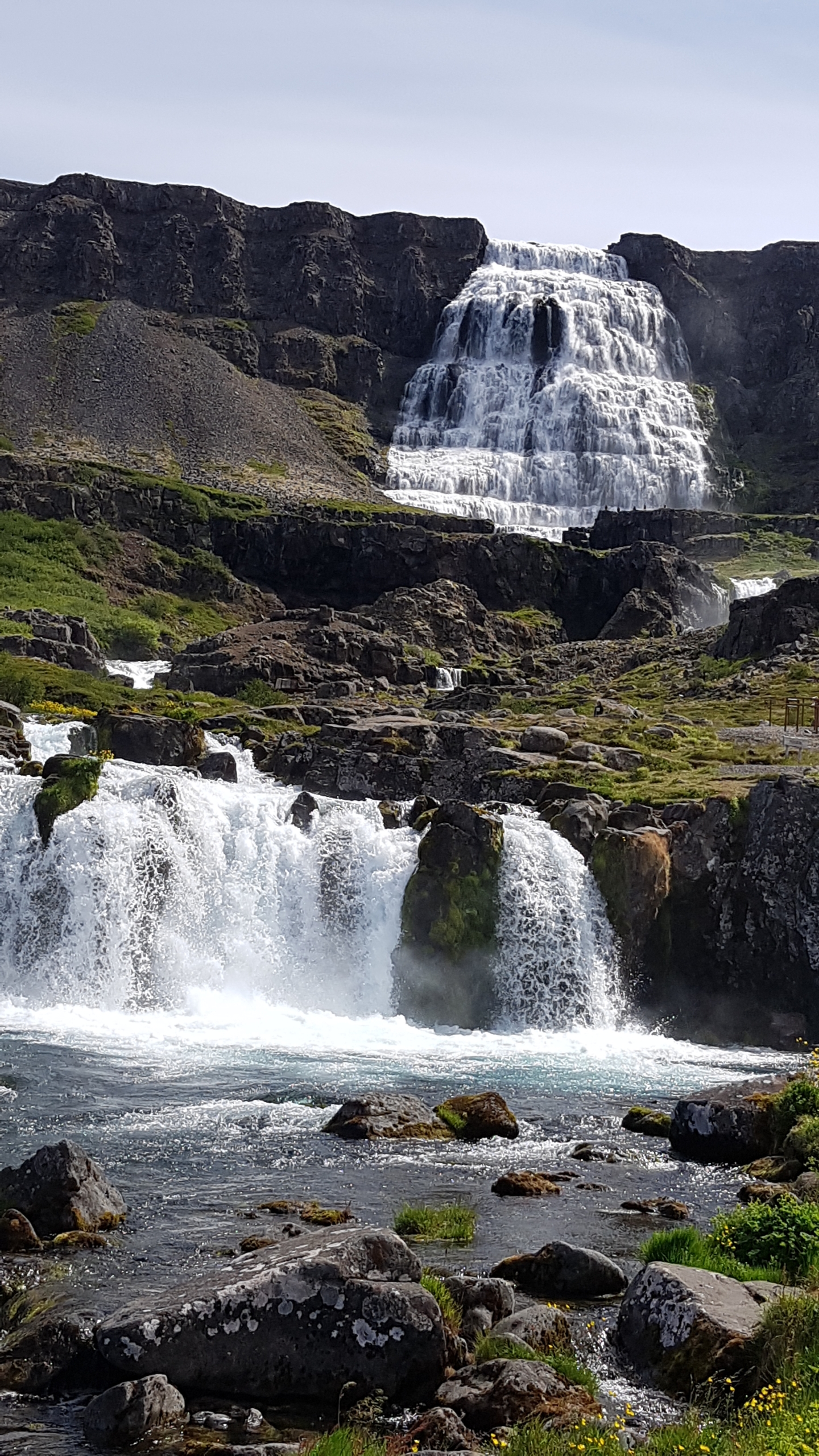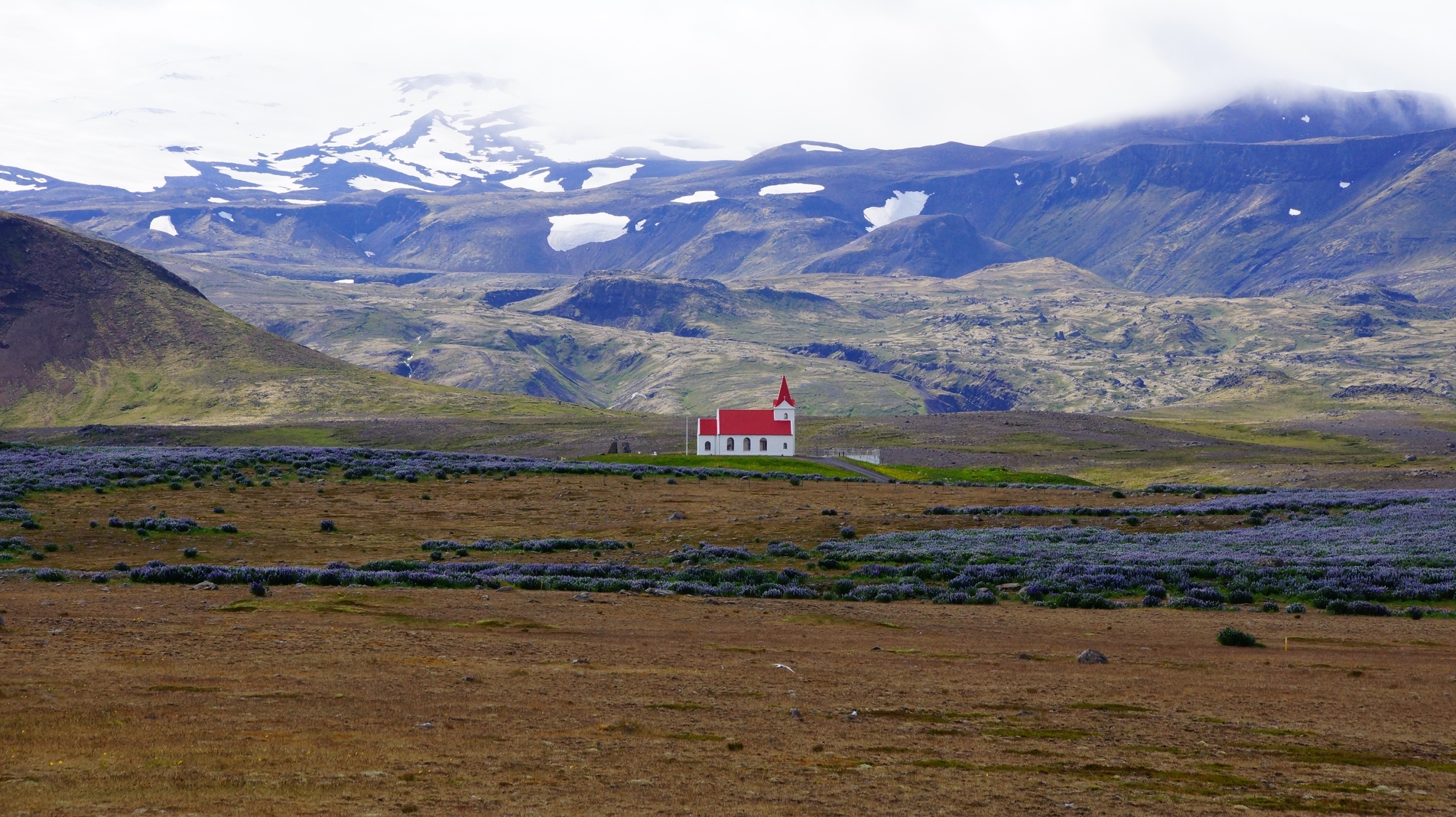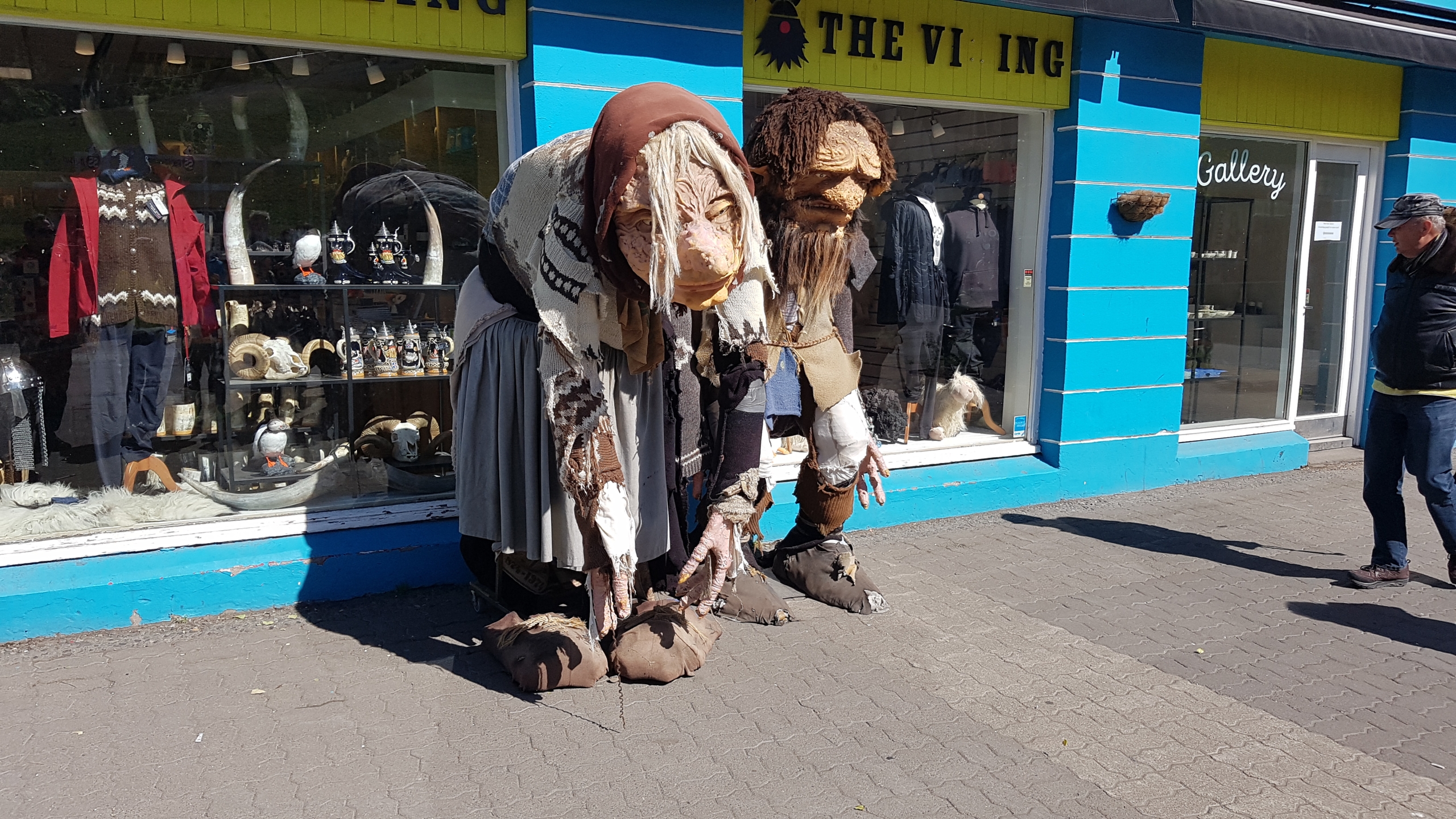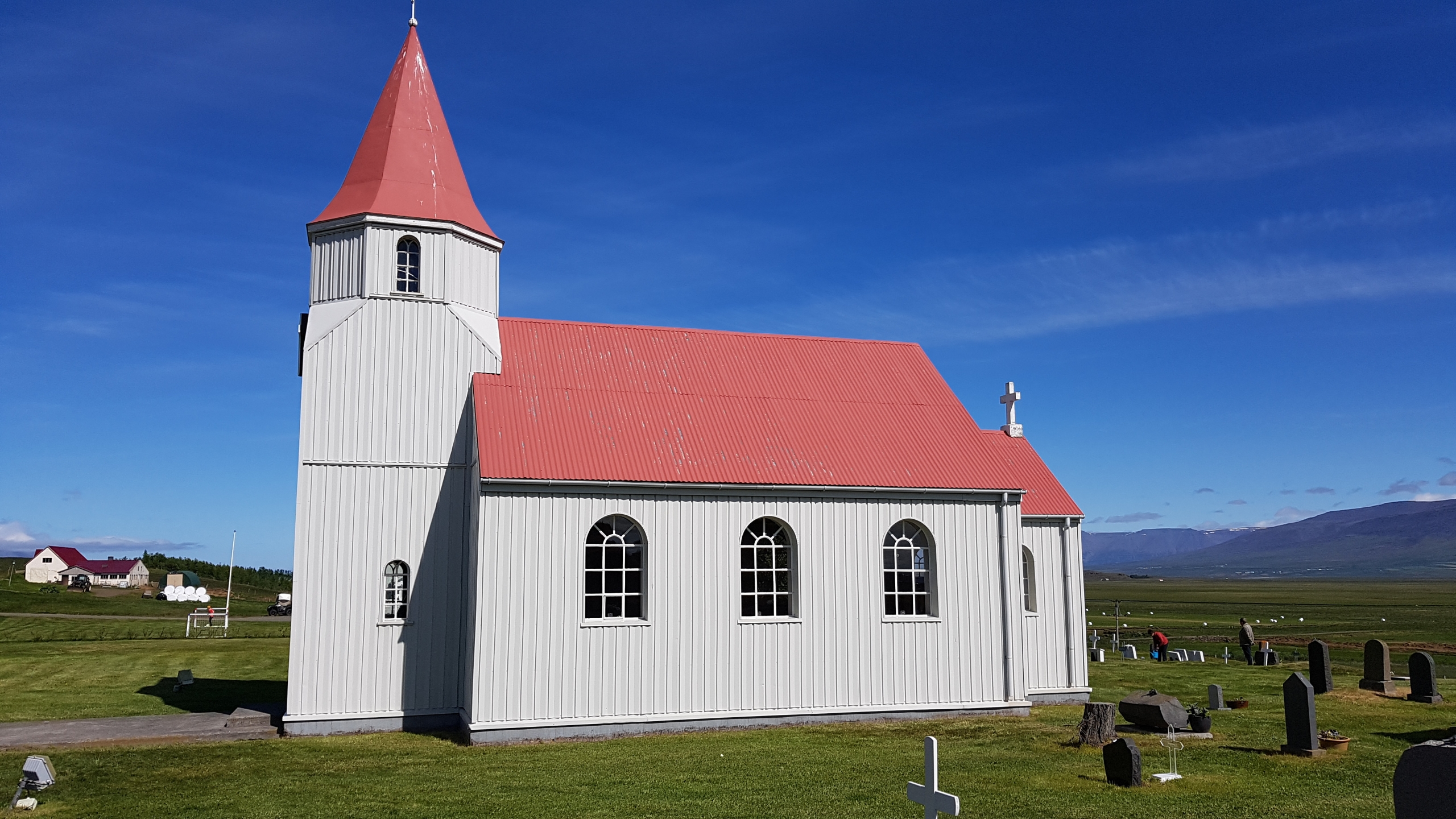The Westfjords
The other day we took the ferry from Stykkisholmur to Brjanslaekur over the Breidafjordur Bay. The ferry was large and comfortable.
Great views leaving Stykkisholmur and approaching the westfjords. The water was pretty calm, but you could feel a slow ‘rolling’ of the boat from side to side.
One of the absolute highlights of our Iceland trip was Latrabjarg. The road to Latrabjarg was bumpy, narrow, and blind, going up and down and around the mountains. But spectacular views en route, and when you get to the end of the road at Látrabjarg and up the easily climbed path the bird life is amazing. Gorgeous rocks where millions of sea birds nest on up the 400 m high rocks. About 15 seabird species lay eggs and live in these cliffs during the summertime. Látrabjarg is vital for the survival of entire species since in some cases, the cliffs host up to 40% of the entire world’s population of some species, such as the razorbill. Among them lots of puffins. However, we had to be very careful as sometimes the birds built their nest directly under the grass which is then prone to erosion.
In Isarfjördur excellent dinner in rustic Tjörhusid resdtaurant supposed to be one of the best fish restaurants in Iceland. Located it is museum-type old building built in 1781 and it’s buffet style and they just keep bringing out more and more and more extremely fresh fish, prepared in an amazing variety of styles. The menu is whatever they caught that day, cooked however they feel like cooking it. Served immediately after it’s cooked in giant cast iron skillets. Not cheap but definitely worth it!
On the road to Hvamstangi we stopped at Dynjandi Westfjords mightiest waterfall. Climbing up from the car park we have passed several smaller falls until we reached the thundering main chute.
Gorgeous drive with sunshine to Havamstangi along the blue water west fjords, an absolutely stunning drive. The cliffs and mountains loom almost directly over the road as you weave along the coast and through the fjords. We were constantly stopping at pullouts to take pictures and just enjoy the views. The hills are full blue lupins which have been seeded years ago to improve the soil. Lots of waterfalls along the road.
Akureyri
Akureyri is Iceland’s second largest city nestles at the head of Iceland’s longest fjord at the base of snowcapped peaks close to the Arctic Circle. Downtown lots of cool cafes quality restaurants and artr galleries. Dominating the town high on a hill the landmark church is out of basalt.
Before arriving in Akureyri we visited the torf roofed farm in Glaumbaer. The buildings at Glaumbær are comprised of thin shells of wood separated from one another and insulated by thick walls of turf, and roofed with a thick layer of the same material. Icelandic grass grows very thickly, consequently the turf is a strong and enduring combination of roots and soil. A turf building, in districts of moderate rainfall, can last up to a century. The roof must be sloped at the correct angle; if it is too flat, water leaks through and if it is too steep, the turf cracks during spells of dry weather or drains too quickly so the grass does not grow, both resulting in a roof that leaks. The old Icelandic farm was a complex of small separate buildings. The most frequently used were united by a central passageway.







